Insplorion NPS-P2
Next-Gen hydrogen detector for low-oxygen environments
Atex ready – Approval pending
Insplorion NPS-P2 is a ground-breaking hydrogen detector. Its nanoplasmonic sensor element reacts quickly and selectively to hydrogen also in the absence of oxygen. Designed to enable the development of new and existing hydrogen applications

Works without oxygen

Effective in complex gas environments

Extremely quick response

Minimal maintenance

Safe and compact
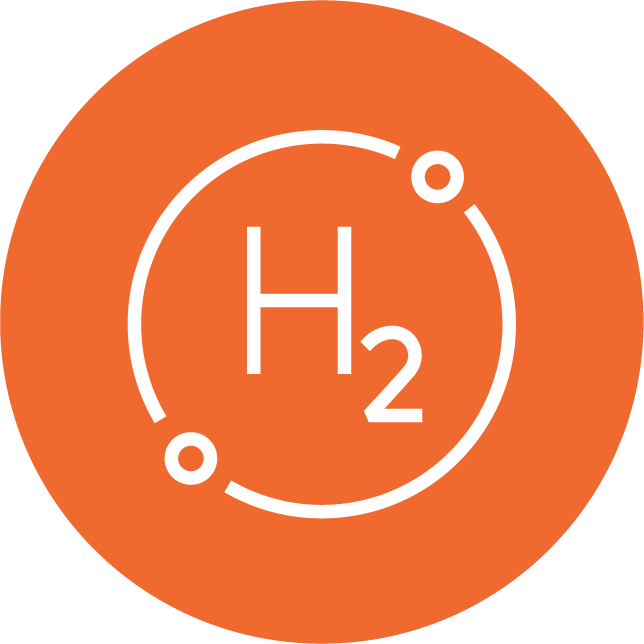
0–4% hydrogen
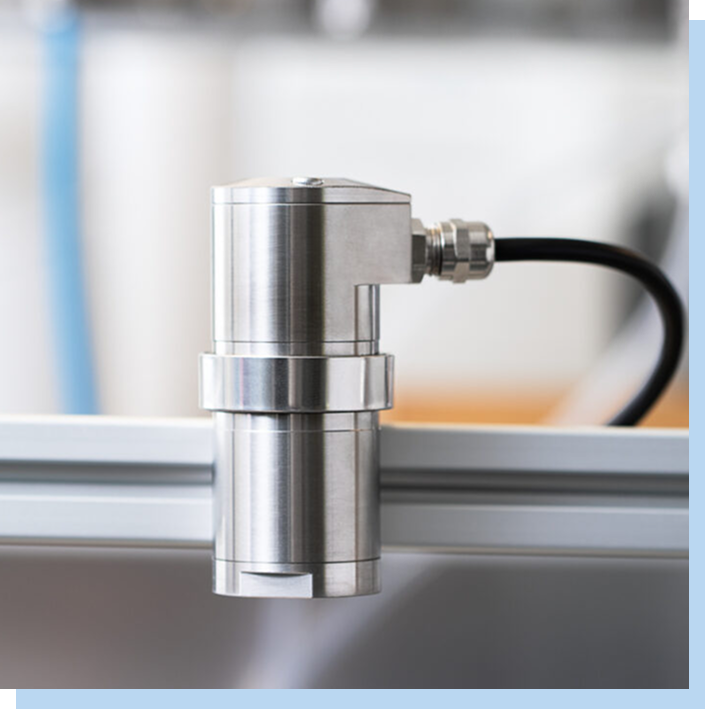
Suitable for use in:
- Hydrogen storage systems – Monitor leaks and ensure containment.
- Compressor rooms – Fast and reliable detection in high-risk zones.
- Fuel cell enclosures – Compact design fits inside tight enclosures.
- Ventilation exhaust – Early warning where hydrogen may accumulate.
- Pipe-in-pipe solutions – Detect leaks directly inside confined tubing.
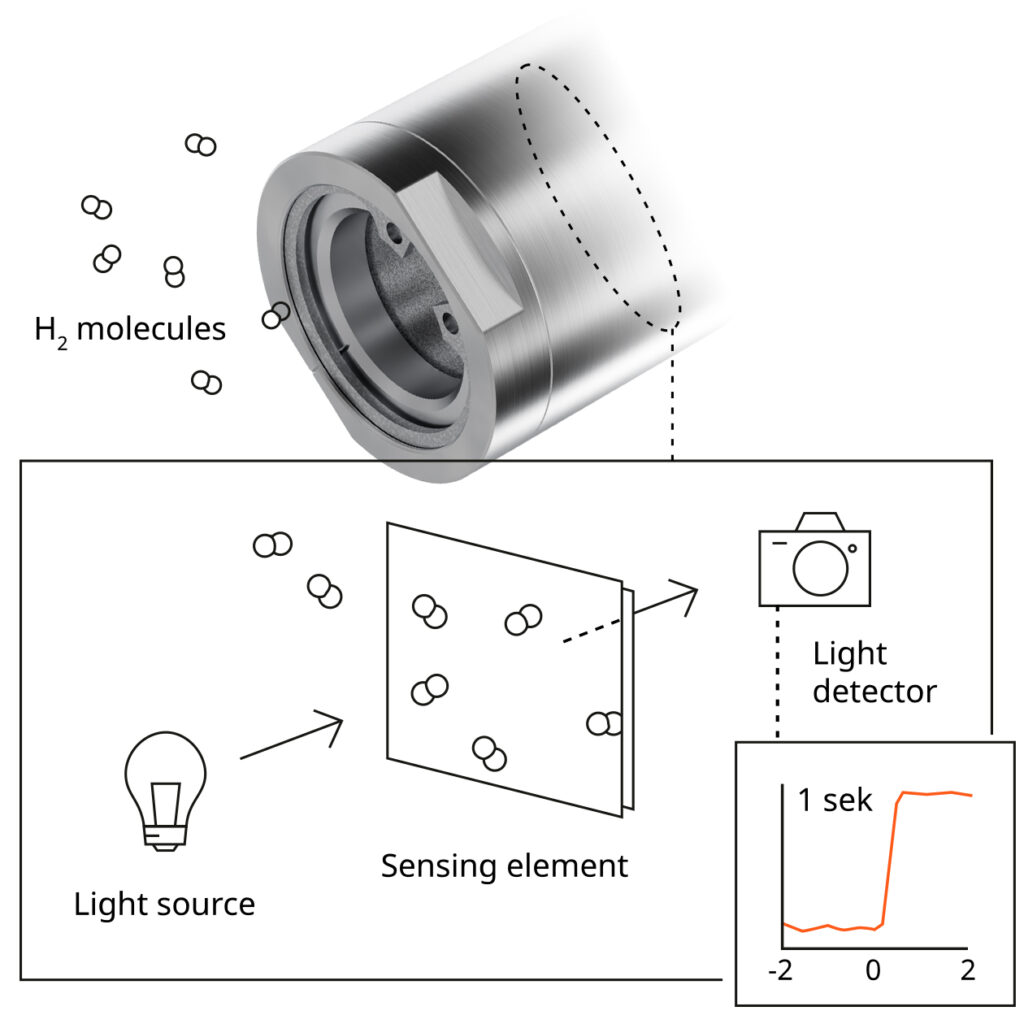
Improve your hydrogen detection with world-first technology
Insplorion NPS-P2 features the world’s first palladium-based nano sensing technology in optical form. Built for long-term performance in inert environments – it delivers rapid and precise hydrogen detection without relying on oxygen or consumable parts.
How Insplorion NPS-P2 compares to other sensor technologies

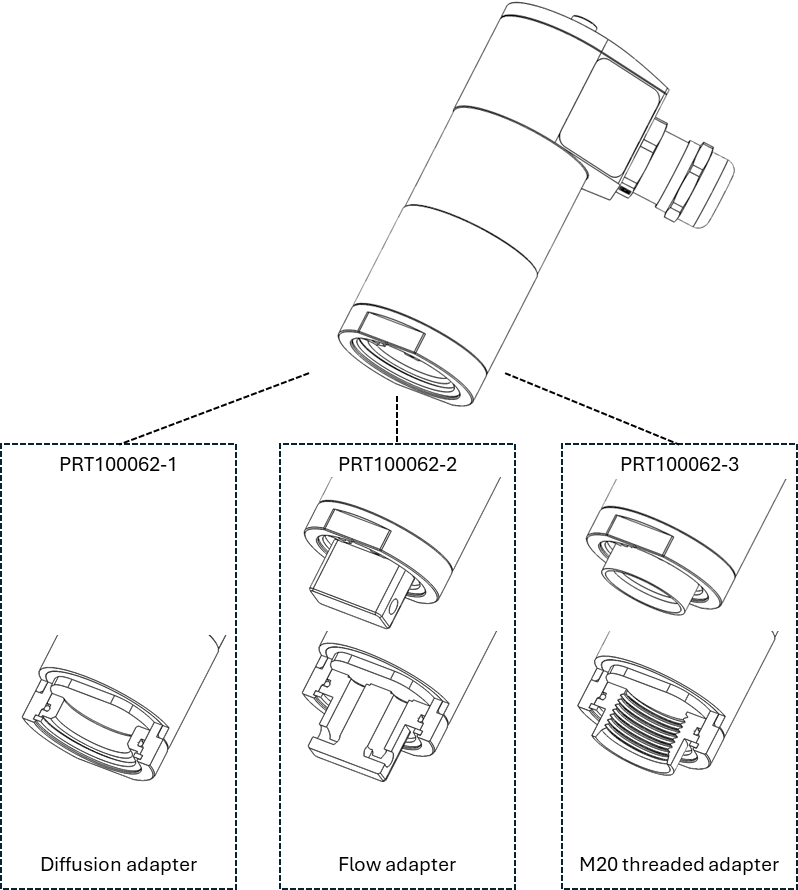
Configurations
The detector can be configured for measurements in gas in the ambient through diffusion, or via forced flow through the detector. A third variant features an internal M20 thread for attachment to an adapter.
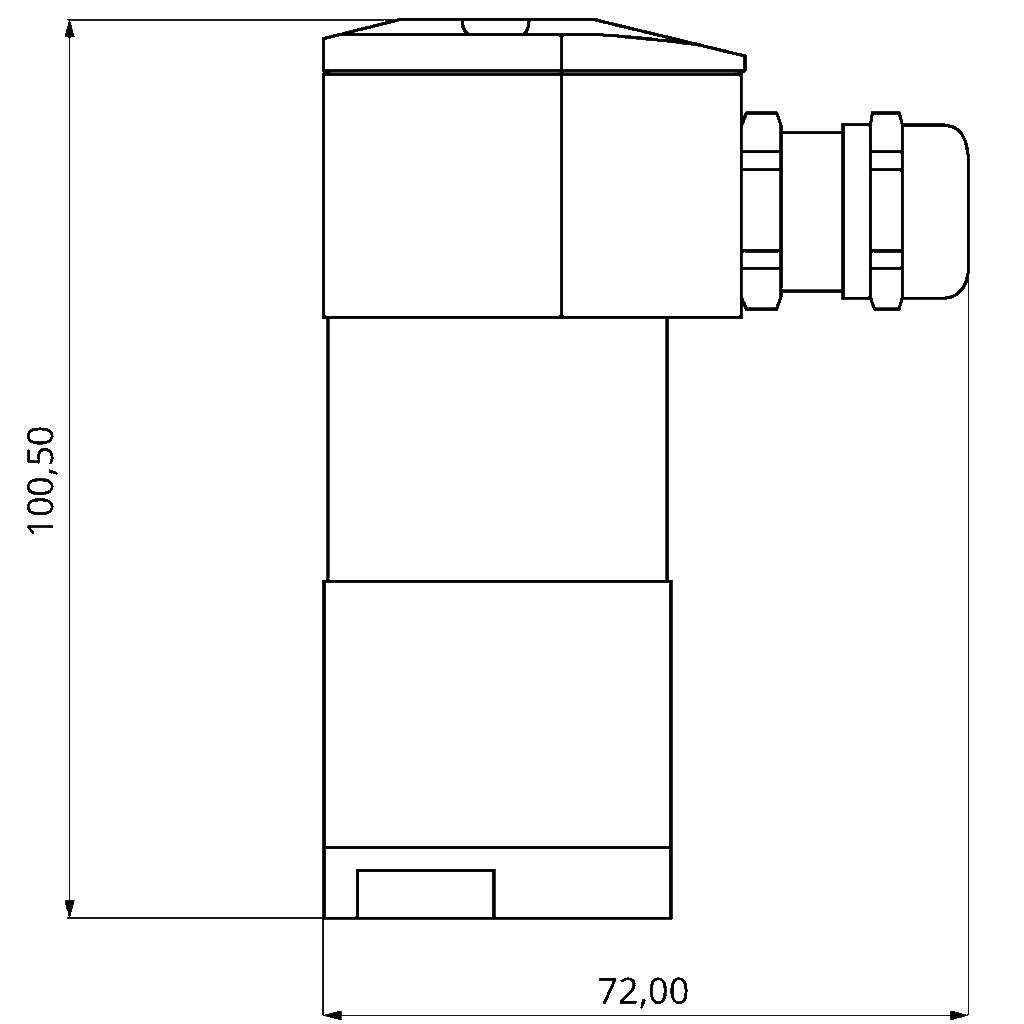
Product specification
- Hydrogen range: 0.4-4 vol %
- Response time: t90< 5 s
- Accuracy: < 0.2 vol% or ± 25% of reading
- Carrier gas: 1-5 vol% O2
- Weight: 500 g
- Size without cable gland: 100.5 x 50 x 40 mm
- Size with cable gland: 100.5 x 75 x 40 mm
- Communication: Serial TLL Analog 4-20 mA
- Power input: 24 VDC
- Ingress Protection: IP64
- Certifications: ATEX zone 1 (2025)
Contact us and order now
Insplorion NPS-P2 is developed and produced in Sweden. Start detecting hydrogen quickly and reliably in low-oxygen environments.